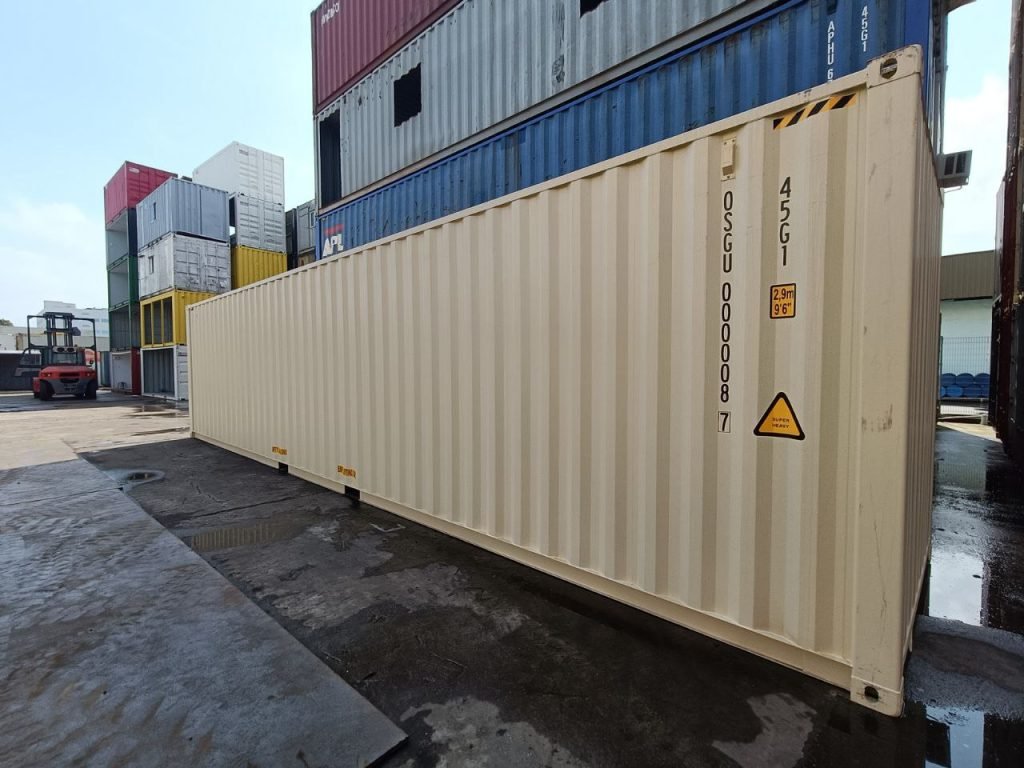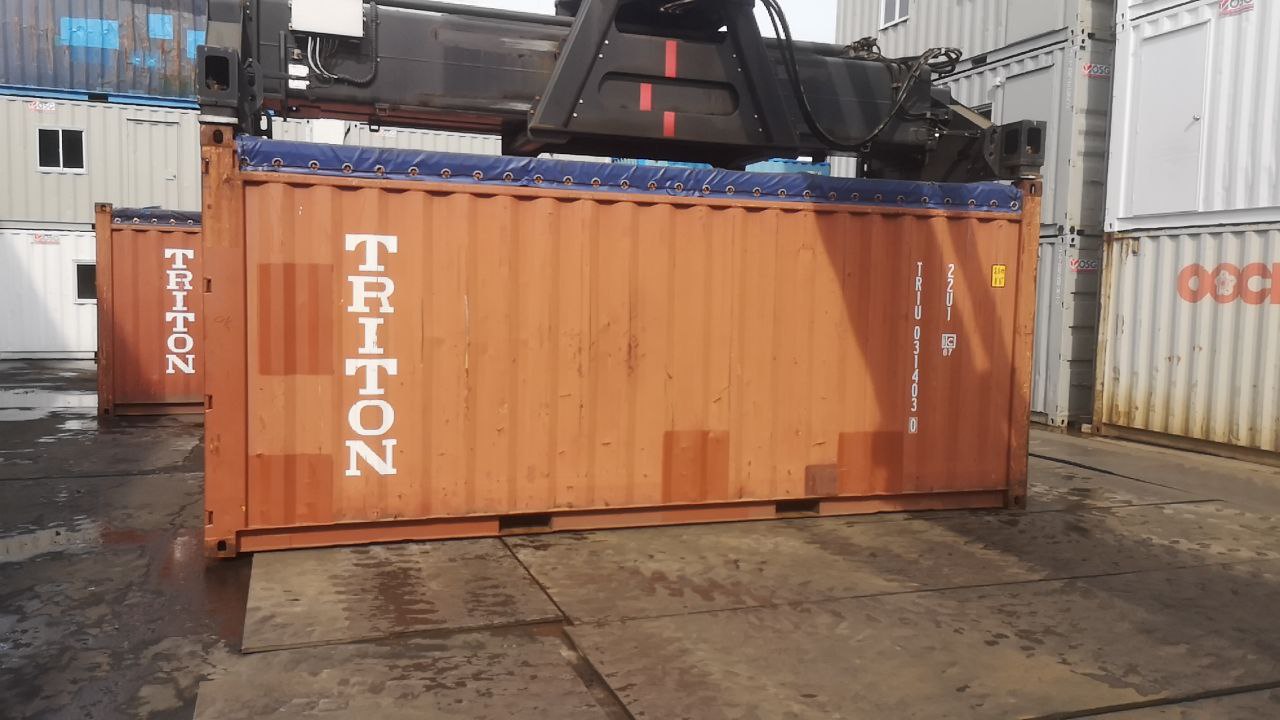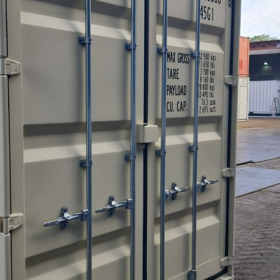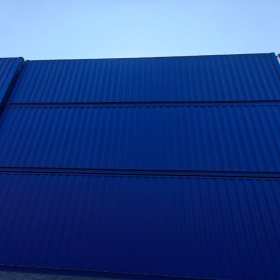From Waste to Wonder: How Shipping Containers Are Being Upcycled into Functional Spaces
In recent years, the concept of upcycling has gained remarkable traction, transforming various forms of waste into innovative and functional new uses. One of the most intriguing examples of this trend is the upcycling of shipping containers into functional spaces. Once viewed merely as industrial relics, these steel boxes are now being reimagined as everything from modern homes and offices to restaurants and retail spaces. This transformation is not only a testament to creative design but also a step toward more sustainable and resourceful living.
The Rise of Shipping Container Upcycling
Shipping containers have been a staple of global logistics for decades, essential for the transportation of goods across oceans and continents. However, as the global shipping industry has evolved, so too has the fate of these once-disposable containers. With millions of containers entering the market and fewer being reused or recycled, the potential for upcycling them into useful structures has become increasingly apparent.
The upcycling of shipping containers began as a niche trend among architects and designers but has since gained widespread popularity. This shift is driven by several factors, including the containers’ affordability, durability, and the growing demand for sustainable construction methods.
Why Shipping Containers?
- Affordability and Accessibility: Shipping containers are often available at a fraction of the cost of traditional building materials. This affordability makes them an attractive option for those looking to build or renovate on a budget. Additionally, containers are readily available and can be sourced from shipping yards, making them accessible for a wide range of projects.
- Durability and Strength: Built to withstand the harsh conditions of sea travel, shipping containers are incredibly durable. They are designed to endure significant stress and strain, making them a sturdy foundation for various structures. Their steel construction also ensures resistance to pests and weather-related damage.
- Modular Flexibility: Shipping containers offer modular flexibility, allowing for easy expansion or modification. Their standardized dimensions make them ideal for stacking and arranging in various configurations, enabling innovative and custom designs.
Innovative Uses of Upcycled Shipping Containers
- Residential Homes: One of the most popular applications of shipping containers is in residential construction. From single-container homes to multi-unit complexes, these structures provide an affordable and sustainable housing solution. Their compact size and modular nature make them ideal for creating modern, minimalist homes. Many designs incorporate energy-efficient features, such as solar panels and green roofs, further enhancing their sustainability.
- Commercial Spaces: Shipping containers have found a new life as commercial spaces, including restaurants, cafes, and retail stores. Their industrial aesthetic appeals to many consumers, and their modularity allows for easy customization. These spaces often benefit from the containers’ durability and low maintenance requirements, making them practical choices for businesses.
- Offices and Workspaces: The rise of remote work and flexible office arrangements has led to an increased interest in container-based office spaces. These setups offer a cost-effective alternative to traditional office buildings and can be quickly deployed. They also provide a unique and creative environment for employees, contributing to a more dynamic work culture.
- Community and Public Spaces: Shipping containers are also being used to create community hubs, such as libraries, medical clinics, and recreational centers. These projects often aim to address specific needs within communities, providing essential services in a cost-effective manner. The versatility of shipping containers makes them suitable for a wide range of public applications.
Sustainability and Environmental Impact
The upcycling of shipping containers is not just a design trend but also a significant step toward more sustainable building practices. By repurposing existing materials, this approach reduces the demand for new construction resources and minimizes waste. Additionally, many container-based projects incorporate eco-friendly features, such as energy-efficient systems and sustainable materials, further reducing their environmental footprint.
Challenges and Considerations
While the benefits of shipping container upcycling are clear, there are challenges to consider. Containers require proper insulation and ventilation to ensure comfort and functionality. Additionally, the conversion process can be complex, requiring expertise in structural modifications and design. Despite these challenges, the rewards of creating unique, sustainable spaces often outweigh the difficulties.
Conclusion
From waste to wonder, the upcycling of shipping containers represents a fascinating convergence of creativity, sustainability, and functionality. As the world continues to seek innovative solutions to environmental challenges and resource scarcity, shipping containers offer a compelling example of how repurposing materials can lead to remarkable outcomes. Whether as homes, offices, or community spaces, these transformed containers highlight the potential of upcycling to reshape our approach to design and construction. The future holds exciting possibilities as more architects, designers, and builders explore the boundless potential of this versatile material.






